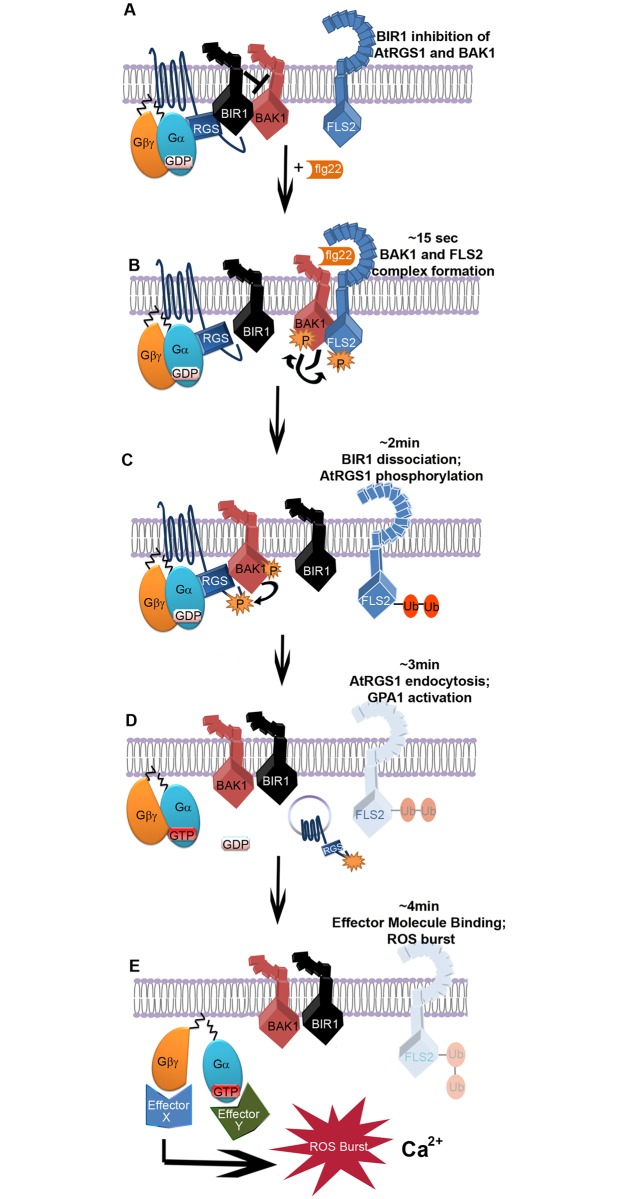Fig 4. Simplified scheme of direct activation of G signaling by an RLK.
(A) At resting state, BIR1, BAK1, and AtRGS1 (RGS1) are in complex with the GαGβγ. (B) At ~15 sec, flg22 binds FLS2 leading to BAK1-FLS2 dimerization with trans- and auto- phosphorylation. In the meantime BIR1 is triggered to move away by an unknown component. (C) At ~2 min, BAK1 phosphorylates AtRGS1 and thus prevents the RGS1-BIR1 coming in close proximity before everything returns to its base line. FLS2 becomes poly-ubiquitinated and destined for degradation as shown in faded form in D and E. (D) At ~3 min, phosphorylated RGS1 is endocytosed, physically uncoupling from GαGβγ. Gα is now able to spontaneously exchange nucleotides leading to activation of GαGTP and Gβγ*. Endocytic RGS1 is shown in the vesicle. (E) t ~4 min, Gβγ initiates the ROS production. Most of the ROS production is through activated Gβγ. The nature of effector X and Y are not known. The scheme does not depict all the transient states, but highlights rate-limiting components and conveys the control points along the time course of ligand activation.

